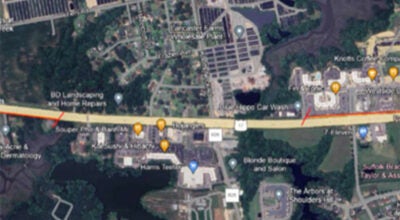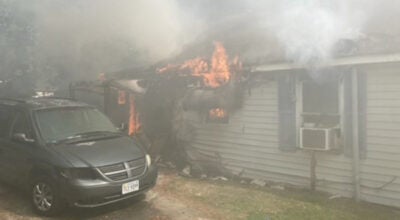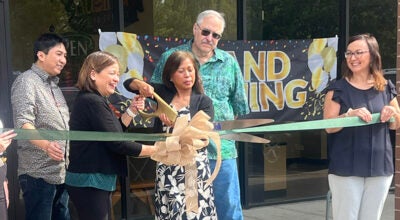Master naturalists set training
Published 8:40 pm Monday, January 6, 2014

Geoffrey Payne is urging folks to sign up for the Southside chapter of the Virginia Master Naturalists’ annual training program, which he says turns folks into “citizen scientists” who help cash-strapped government departments gather information on the local environment. (MATTHEW A. WARD/SUFFOLK NEWS-HERALD)
The local Virginia Master Naturalist chapter is urging folks to sign up for its 2014 program and help care for the environment.
Geoffrey Payne, who helped inaugurate the organization’s Isle of Wight-centered Southside chapter in 2011, says openings exist the training program that commences Jan. 28.
A fee of $100 covers 24 hours of classroom instruction on basic ecology, entomology, botany, mammalogy, ichthyology, forestry, weather, geology, wetlands and ornithology.
Trainee naturalists also embark on 16 hours of Saturday field trips to the Great Dismal Swamp, the Blackwater River, Chippokes Plantation, Piney Grove Preserve and the Blackwater Ecological Preserve, Payne said.
“The idea is to run a class every year … and slowly expand the organization” so the area has more and more citizens interested in and caring for the environment, he said.
The statewide corps of volunteers started about 15 years ago, according to Payne, and is sponsored by Virginia Cooperative Extension, the Virginia Museum of Natural History, and the state departments of conservation and recreation, forestry, as well as game and inland fisheries.
It’s been growing about 20 percent annually, Payne said. Most of the growth is among retirees such as him, he added, while the organization is also looking to attract more young members.
“We’re looking for people who want to do something useful with their time,” he said. “There are something like 2,500 naturalists in the state now.”
Members team up on projects with natural scientists, often from academia and government, Payne said.
At the Nature Conservancy’s Piney Grove, one project is studying how Japanese stiltgrass – an exotic invasive plant – is crowding out natives and endangering the red cockaded woodpecker and other flora and fauna.
Volunteers plan to test several different eradication measures, according to a chapter newsletter.
Volunteers also participated in activities that benefit local groups directly, such as replacing trees and bushes at Smithfield’s Magnolia Manor Assisted Living with native species.
“Potentially, you have a group of interested people who don’t necessarily have specialist knowledge but have the commitment to teach themselves” to become “citizen scientists,” Payne said.
The idea of average people going out and doing something useful for the environment is even more meaningful in this era of government cutbacks, he said.
More information can be found at www.vmnhistoricsouthside.org, or call 365-6261 to register.






